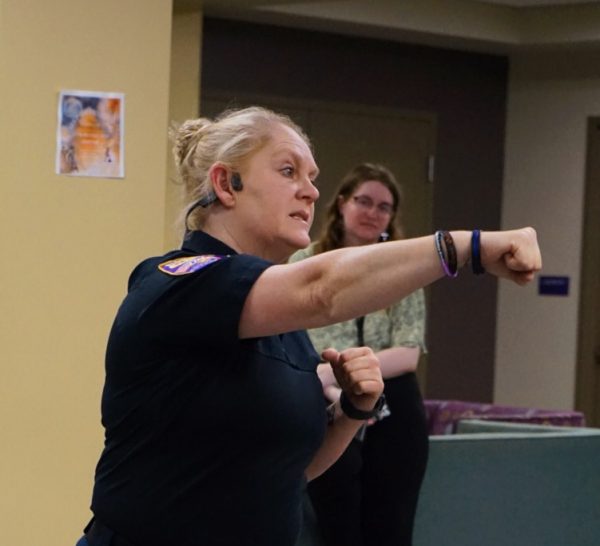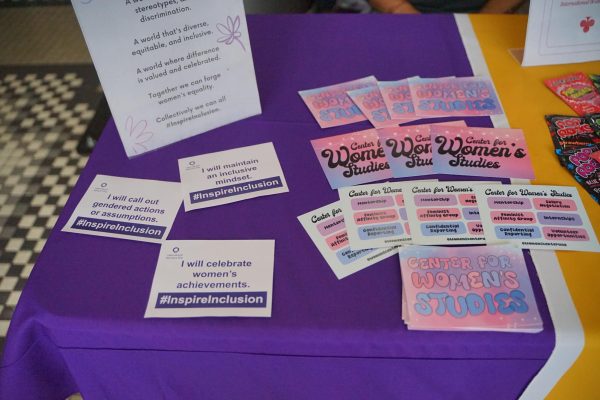Study: fewer women in STEM fields
October 18, 2012
A 2011 report by the U.S. Department of Commerce found that, although women make up almost half of the American workforce, less than one-fourth hold jobs in the science, technology, engineering and math (STEM) fields.
Indicative of this larger problem is the fact that — though women receive more than 60 percent of bachelor’s degrees awarded — less than 20 percent of bachelor degrees in computer science go to women. Solving this crisis and finding its root causes has been a national and ongoing effort by educators and social scientists alike, prompting debate and commentary throughout academia.
“There’s a classic explanation that women don’t do as well in (STEM) fields, but studies have shown they do, in fact, do just as well as men,” said Melissa Driskell, geology instructor at UNA.
Amy Crews, associate professor of biology at UNA, said she thinks women might be too concerned with matters of the home to pursue STEM careers.
“We definitely have the intellectual ability and the drive; I just wonder if family concerns push (women) away — the time you have to devote to one of these professions just doesn’t fit in with the way (most women) envision running their lives,” she said.
According to the Department of Commerce, even as college-educated women have become more prevalent in the workforce, they continue to see no proportional increase in participation in the STEM fields since 2000.
“If a woman walks into a classroom and she is the only female, she might wonder if she is in the right place,” said Janet Jenkins, computer science instructor at UNA. “If we want to attract a diverse group of individuals into a field, we have to incorporate diverse approaches in our recruiting, our teaching and our research.”
Driskell praises science programs that specifically target women. She said she believes that many girls move away from math and the sciences during their formative years because teachers are less likely to encourage an interest in these fields in girls.
“It’s those early years where girls become disinterested, when we need some sort of support system and nurturing,” she said.
The Department of Commerce has found that women with degrees in the STEM fields are less likely to work in a STEM profession than their male peers — most go into education or healthcare. However, those who do work in the STEM field earn, on average, 33 percent more than women in non-STEM fields.
“There are lots of opportunities for women (in the sciences) if you’re looking for a job or a grant,” Driskell said. “Women are encouraged to apply.”
Crews advised women interested in entering the STEM fields to “find a mentor,” a female in the profession who can help guide them and their career path.
“They’re out there — they’re just not as prevalent,” Crews said.
Driskell said she wants to encourage women looking for a career to feel confident if they enter a STEM field.
“Go for it,” Driskell said. “Don’t be intimidated; have confidence. Know that there are support systems (for you).”











